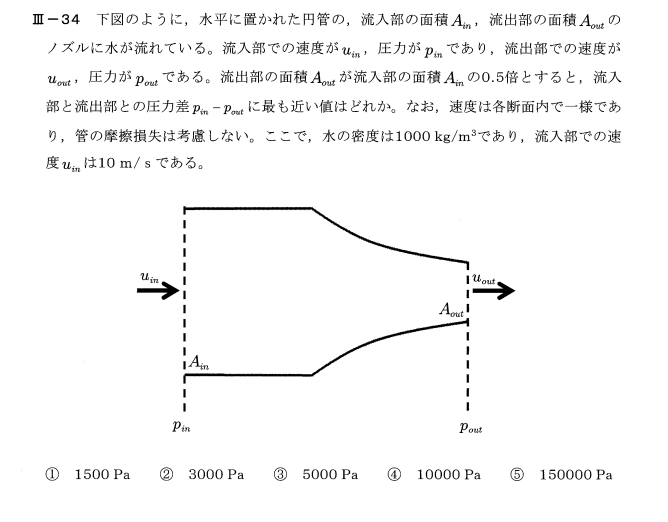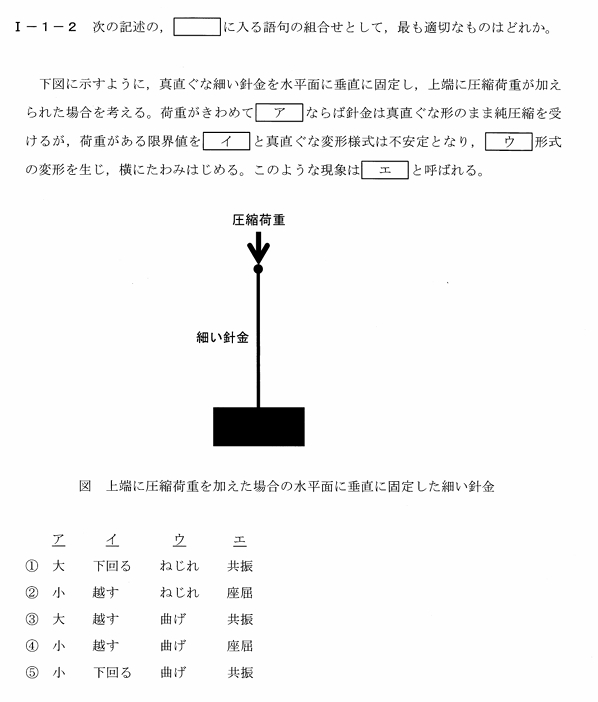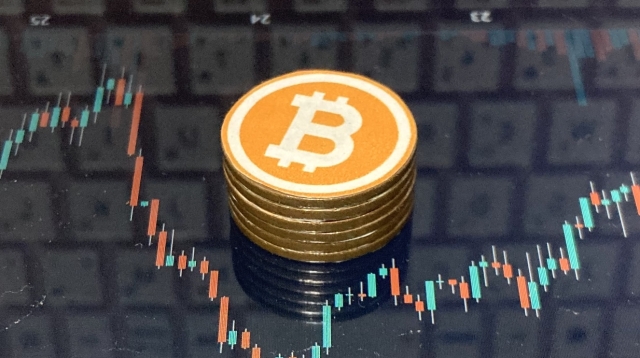引用:
The price of batteries has declined by 97% in the last three decades
To transition towards low-carbon energy systems we need low-cost energy storage. Battery costs have been falling quickly.
by Hannah Ritchie
June 04, 2021
Summary
To reduce global greenhouse gas emissions we need to shift towards a low-carbon energy system. Large reductions in the cost of renewable technologies such as solar and wind have made them cost-competitive with fossil fuels. But to balance these intermittent sources, and electrify our transport systems we also need low-cost energy storage. Lithium-ion batteries are the most commonly used.
In this article I show that lithium-ion battery cells have also seen an impressive price reduction. Since 1991, prices have fallen by around 97%. Prices fall by an average of 19% for every doubling of capacity. Even more promising is that this rate of reduction does not yet appear to be slowing down.
To reduce emissions the world needs to rapidly transition towards a low-carbon energy system. Around three-quarters of global greenhouse gas emissions come from energy and industry.
One of the barriers to this energy transition has been the relative cost of different energy sources. Fossil fuels were cheaper than renewables and therefore became the dominating sources of energy.
Thankfully this is changing quickly. As my colleague Max Roser showed in this article, the cost of renewable technologies has plummeted. They’re now cost-competitive or cheaper than new fossil fuels. In 2009, it was more than three times as expensive as coal. Now the script has flipped and a new solar plant is almost three times cheaper than a new coal one. The price of electricity from solar declined by 89% between 2009 and 2019.
But the cost of electricity technologies themselves is only part of what matters for this transition. One of the challenges that renewables face is that they produce energy intermittently. The sun doesn’t always shine and the wind doesn’t always blow and so we don’t get a steady flow of generation throughout the day.1 An obvious solution is to store excess energy then release it later. But to do so, we need lots of energy storage and this adds large costs to our energy system.2
The promising news is that these technologies have seen similarly impressive price declines as solar panels have.
低炭素エネルギーシステムへ移行するためには、低コストのエネルギー貯蔵が必要です。電池のコストは急速に低下しています。
by Hannah Ritchie
2021年06月04日
概要
世界の温室効果ガス排出量を削減するためには、低炭素なエネルギーシステムへの移行が必要です。太陽光や風力などの再生可能技術のコストが大幅に削減され、化石燃料とのコスト競争力が高まっています。しかし、これらの断続的なエネルギー源とバランスを取り、輸送システムを電化するためには、低コストのエネルギー貯蔵も必要です。リチウムイオン電池は、最も一般的に使用されているものである。
この記事では、リチウムイオン電池の価格が著しく低下していることを紹介する。1991年以来、価格は約97%低下している。容量が2倍になるごとに、平均19%ずつ価格が下がっている。さらに期待できるのは、この価格低下のスピードがまだ衰えていないことだ。
排出量を削減するために、世界は低炭素エネルギーシステムへ急速に移行する必要がある。世界の温室効果ガス排出量の約4分の3は、エネルギーと産業界から排出されています。
このエネルギー転換の障壁のひとつは、さまざまなエネルギー源の相対的なコストであった。化石燃料は再生可能エネルギーよりも安価であったため、主要なエネルギー源となっていました。
ありがたいことに、この状況は急速に変化しています。私の同僚であるMax Roserがこの記事で紹介したように、再生可能技術のコストは急落しています。再生可能エネルギーは、今や化石燃料と同等か、それよりも安いコストで利用できるようになったのです。2009年には、石炭の3倍以上の価格でした。2009年当時、太陽光発電の価格は石炭の3倍以上だった。太陽光の電力価格は、2009年から2019年の間に89%低下した。
しかし、電力技術そのもののコストは、この移行にとって重要なことの一部に過ぎません。自然エネルギーが直面する課題のひとつは、エネルギーを断続的に生産することです。太陽はいつも輝いているわけではなく、風もいつも吹いているわけではありません。しかし、そのためには大量のエネルギー貯蔵が必要であり、エネルギーシステムに大きなコストがかかります2。
しかし、そのためには多くの蓄電池が必要となり、エネルギーシステムには大きなコストがかかります。
The price of lithium-ion batteries has declined by 97% since 1991
There are several ways to store excess energy. Most of us think of batteries. Here we’re going to look at lithium-ion batteries: the most common type. Lithium-ion batteries are used in everything, ranging from your mobile phone and laptop to electric vehicles and grid storage.3
The price of lithium-ion battery cells declined by 97% in the last three decades. A battery with a capacity of one kilowatt-hour that cost $7500 in 1991, was just $181 in 2018. That’s 41 times less. What’s promising is that prices are still falling steeply: the cost halved between 2014 and 2018. A halving in only four years.
We see this decline in the chart, which shows the average price trend of lithium-ion cells from 1991 through to 2018.4 This is shown on a logarithmic axis, and measured in 2018 US dollars per kilowatt-hour.5 This data comes from the work of Micah Ziegler and Jessika Trancik, who constructed a global database tracking lithium-ion cell prices, installed capacity and other metrics such as energy density over time.6 This database combines data from 90 series that describe how lithium-ion technologies have changed from 1990 onwards. The full article includes many more results and the authors’ discussion of their relevance, as well as the methodology behind this work. Additionally, you can also access the associated data series.
Let’s put this price decline in perspective:
The popular Nissan Leaf electric car – which is also one of the most affordable models – has a 40 kWh battery. At our 2018 price, the battery costs around $7,300. Imagine trying to buy the same model in 1991: the battery alone would cost $300,000.
Or take the Tesla Model S 75D which has a 75 kWh battery. In 2018 the battery costs around $13,600; in 1991 it would have been $564,000. More than half a million dollars for a car battery.
This shows how important these price reductions are for decarbonizing not only our electricity grids but our transport systems too.
リチウムイオン電池の価格は1991年以来97%低下している
余分なエネルギーを蓄える方法はいくつかあります。多くの人は電池を思い浮かべると思います。ここでは、最も一般的な電池であるリチウムイオン電池を取り上げます。リチウムイオン電池は、携帯電話やノートパソコンから電気自動車、電力網の蓄電池まで、あらゆるものに使われています3。
リチウムイオン電池のセル価格は、過去30年間で97%低下しました。1991年に7500ドルした1キロワット時の容量の電池が、2018年にはわずか181ドルになりました。41倍も安くなったのです。有望なのは、価格がまだ急降下していることです:2014年から2018年の間にコストは半分になりました。わずか4年で半減です。
1991年から2018年までのリチウムイオン電池の平均価格推移を示したグラフで、この下落を見ることができます4 これは対数軸で示されており、1キロワット時あたり2018米ドルで測定されています5 このデータは、リチウムイオン電池の価格、設置容量、エネルギー密度などその他の指標を時系列で追跡するグローバルデータベースを構築したMicah ZieglerとJessika Trancikの研究によるものです6 このデータベースには90シリーズのデータが結合され、リチウムイオン技術が1990年からどう変化したかが記述されています。本論文では、この他にも多くの結果とその関連性、およびこの研究の背後にある方法論について、著者らが考察しています。さらに、関連するデータシリーズにもアクセスすることができます。
この価格下落を整理してみよう。
人気の電気自動車「日産リーフ」(最も手頃なモデルの1つでもある)は、40kWhのバッテリーを搭載しています。私たちの2018年の価格では、バッテリーは約7,300ドルです。1991年に同じモデルを買おうとすると、バッテリーだけで30万ドルもかかると想像してください。
あるいは、75kWhのバッテリーを搭載したテスラ・モデルS 75Dを考えてみてください。2018年、バッテリーは約13,600ドルですが、1991年なら564,000ドルでした。車のバッテリーに50万円以上。
このことは、電力網だけでなく交通システムの脱炭素化にとっても、こうした価格引き下げがいかに重要であるかを示しています。
Smaller and lighter: deployment and technological improvements are making batteries cheaper and cheaper
We often look at these price reductions relative to time. But, of course, it’s not time itself that drives these reductions. It’s the innovations in the production of these batteries that make it possible to produce them at lower and lower costs. As production increases there are more opportunities and incentives to achieve such innovations: that’s why prices often fall when technologies begin to scale [Max’s post looks at this mechanism – called Wright’s Law – in detail].
In the chart we see the relationship between prices and cumulative installed capacity of batteries. Both are shown on logarithmic axes.
In 1991 the market size of lithium-ion cells was tiny: there was just 0.13 megawatts (MWh) installed. That’s just 130 kWh – less than two 75 kWh battery packs that you’d find in a Tesla car. Since then deployed capacity has increased rapidly. By 2016, this had grown to 78,000 MWh. That’s six orders of magnitude higher.
The relationship between price and cumulative installed capacity is called the ‘learning curve’. This is a concept that is often used to understand cost improvements in scaling technologies. The learning rate tells us, on average, how much the price of something falls for every doubling of cumulative capacity. We find that for lithium-ion cells, this learning rate was 20.1%. This means prices fell an average of 18.9% every time the installed capacity doubled. As it happens, this is similar to the learning rate of solar modules; with every doubling of installed solar capacity, the price of solar modules dropped by an average of 20.2%.
The improvements we’ve seen in battery technologies are not limited to lower costs. As Ziegler and Trancik show, the energy density of cells has also been increasing. Energy density measures the amount of electrical energy you can store in a liter (or unit) of battery. In 1991 you could only get 200 watt-hours (Wh) of capacity per liter of battery. You can now get over 700 Wh. That’s a 3.4-fold increase.
What this means is that batteries have been getting smaller and lighter for any given electrical capacity. You might have noticed this yourself as your mobile phones were getting lighter and slimmer. This is a crucial technological improvement as one of the major drawbacks of some battery technologies is that they are heavy and this limits their use in a number of technologies that are still fossil fuel powered. Imagine trying to fly an electric plane full of heavy batteries. In fact, the size and weight of batteries that you’d need to power large aircraft is one the biggest barriers to a transition to electrified aviation.7 The same is true for shipping or trucks: bigger and heavier batteries just make everything more costly in energy terms.8 You need lots of large batteries, which take up space and add weight to carry around.
Our batteries are now only a fraction of the cost and are smaller and lighter. These technological improvements are just as essential to making low-carbon electricity the default affordable option as reductions in the cost of solar panels or wind turbines. But there is still a lot to do if we want to fly in electric airliners, or have our goods transported across the oceans in electric ships any time soon.
小型化・軽量化:展開と技術改良で電池はどんどん安くなる
私たちは、こうした価格低下を時間との関係でとらえることが多い。しかし、もちろん、これらの削減を推進するのは時間そのものではありません。電池の生産技術革新により、ますます低コストでの生産が可能になるからです。生産量が増えれば増えるほど、そのような技術革新を実現する機会もインセンティブも増える。だから、技術が大規模化すると価格が下がることが多いのだ(Maxの記事では、ライトの法則と呼ばれるこのメカニズムについて詳しく見ている)。
グラフは、価格と電池の累積設備容量の関係を示している。両者は対数軸で示されている。
1991年のリチウムイオン電池の市場規模は、わずか0.13メガワット(MWh)であった。これは130kWhに過ぎず、テスラ車に搭載されている75kWhのバッテリーパック2個分よりも少ない。それ以来、導入容量は急速に増加しました。2016年には、78,000MWhまで増加しました。これは6桁の増加である。
価格と累積導入容量の関係は「学習曲線」と呼ばれる。これは、スケールアップ技術のコスト改善を理解するためによく使われる概念である。学習率とは、平均して、累積容量が2倍になるごとに、あるものの価格がどれだけ下がるかを示すものである。リチウムイオン電池の場合、この学習率は20.1%であることがわかった。つまり、容量が2倍になるたびに、平均18.9%価格が下落したことになる。これは太陽電池の学習率と同じで、太陽電池の設置容量が2倍になるたびに、平均20.2%価格が下がっている。
電池技術の向上は、コストダウンにとどまらない。ZieglerとTrancikが示すように、電池のエネルギー密度も向上している。エネルギー密度とは、1リットル(または1単位)の電池に蓄えることができる電気エネルギーの量を表す。1991年には、1リットルの電池に200ワット時(Wh)の容量しかありませんでした。それが今では700Whを超える。これは3.4倍の増加です。
つまり、同じ電気容量であれば、電池はどんどん小さく、軽くなっているのです。携帯電話の軽量化・薄型化でお気づきの方もいらっしゃるかもしれませんね。電池は重いという欠点があり、化石燃料を動力源とする多くの技術において、その利用が制限されているからだ。重い電池を満載した電気飛行機を飛ばそうとする姿を想像してみてください。実際、大型の航空機を動かすために必要なバッテリーのサイズと重量は、電化された航空機への移行を阻む最大の障壁の1つです7。
大きなバッテリーがたくさん必要で、持ち運ぶのに場所をとり、重くなります。このような技術的な改善は、ソーラーパネルや風力タービンのコスト削減と同様に、低炭素電力をデフォルトの安価な選択肢とするために不可欠なものです。しかし、電気旅客機で空を飛んだり、電気船で海を渡ったりするためには、まだまだやるべきことがたくさんあるのです。
<おすすめ記事>
・
【再エネ】太陽光発電の仕組みと特徴、蓄電設備、設置場所のあれこれ 結局得か損か?
・テスラの蓄電池(パワーウォール)について
・【株式投資でマネーマシンを作る】管理人のポートフォリオ・スペック





